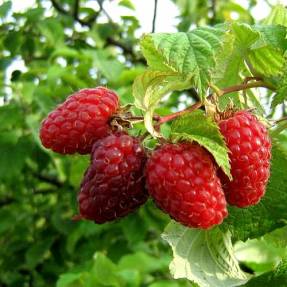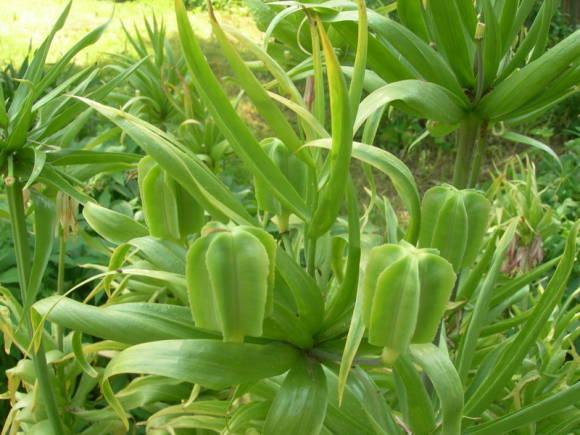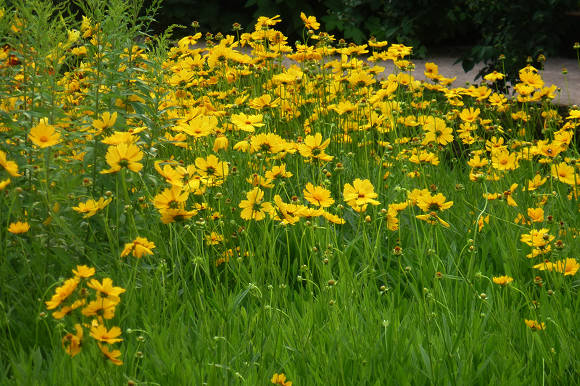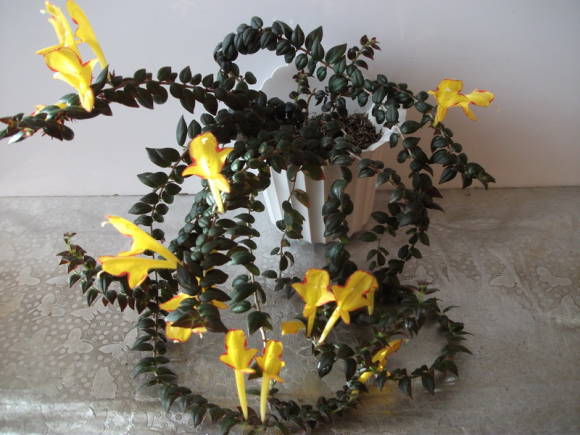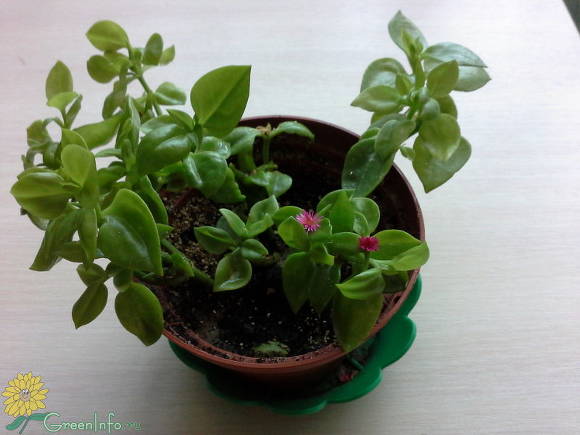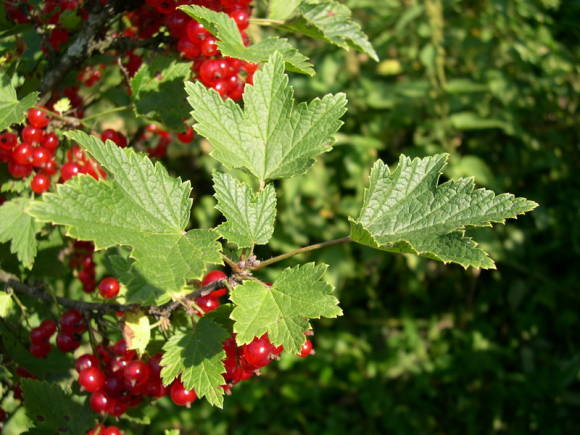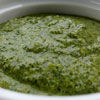
It turns out that in the world there is not one, but about fifty species of nettles. Only in our country there are about a dozen of them. The most common and useful of these is stinging nettle.. It is believed that the generic name comes from the Latin urere - "to burn". It was named dioecious because this species has both male (with staminate flowers) and female (with pistillate flowers) plants. It grows almost all over Russia, except for the Far North.
Almost all the popular names of this plant are associated with its ability to burn (sting, burnt, stinging nettle, chirping, etc.). Sometimes stinging nettle is called stinging nettle, which makes confusion with another species of the same genus, which is also used in medicine, but more on that later. The usual habitats of stinging nettle are ravines, the banks of reservoirs, alder forests, thickets of bushes. She really fell in love with the neighborhood with a person, and it is easy to find her as a weed in gardens, vegetable gardens, along roads, near livestock farms, where there are especially a lot of organic substances, she very much loves abundant nitrogen nutrition and accumulates this element in large quantities. Therefore, in terms of nutritional value, it leaves many traditional food plants far behind. And, in turn, the abundant thickets of nettles indicate a fertile soil rich in nitrogen.
Stinging nettle (UrticadioicaL.) - a perennial herb up to two meters high, covered with stinging glandular hairs. Rhizome cord-like, horizontal, branched, yellow. Stems are erect, tetrahedral, furrowed. Leaves are opposite, petiolate. Elongated-pointed-ovate, with large stipules. The flowers are small, green, solitary, sessile, in small glomeruli, collected in branched, spike-shaped, hanging axillary inflorescences. The fruit is an ovoid or elliptical nutlet of yellowish-gray color, about one and a half millimeters in length. It blooms from June to autumn, the seeds ripen from July.
It would seem that everyone knows the nettle, but, nevertheless, it is often confused when collecting with white lamb (Lamiumalbum L.), belonging to the Yasnotkovy family, which is called "dead nettle" for the absence of scalding properties. In the axils of its leaves there are white two-lipped flowers, which are so different from the ordinary-looking nettle flowers that it is simply impossible not to notice them. White lamb is also used in herbal medicine, but this is a topic for a separate article.
 |  |
Stinging relatives of dioecious
In addition to the type of interest to us, sometimes they use stinging nettles(UrticaurensL.). It is an annual small herb with more rounded leaves that have deeply cut blunt teeth along the edge. It is found mainly in the European part of the country. In some countries, it is allowed to harvest it on a par with stinging nettle, but in our country it is used mainly in homeopathy.
Hemp nettle(UrticacannabinaL.) distributed mainly in the Far East and Siberia. It differs in characteristic 3-5-separate leaves with pinnate and sometimes double-pinnate-toothed-incised lobes.
And here narrow-leaved nettle(UrticaangustifoliaFisch.exHornem.) and pubescent nettle(UrticapubescensLedeb.) some taxonomists consider stinging nettle as subspecies. The first is found in Siberia and the Far East and is distinguished by narrower leaves and poor pubescence, and the second grows in the southeast, including the Ciscaucasia, and has a dense woolly pubescence of leaves, petioles and the underside of the leaf. Among other differences, it is a monoecious plant.
What and how to procure
For medicinal purposes, seeds, leaves and rhizomes with roots are used. The leaves are harvested during the flowering of the nettle. With later blanks, they noticeably lose their useful properties. It is not necessary to harvest raw materials along roads and in landfills with industrial waste.
If you are not one of the masochists, then it is better to do this with gloves. In large thickets, plants can be mowed obliquely, wither a little, and then separate the leaves. At the same time, they significantly lose their pungency. Dried raw materials necessarily in the shade, spread out in a thin layer. When dried in the light, such important compounds as chlorophyll and carotenoids, which are abundant in nettles, are destroyed, and outwardly the raw material loses its rich green color. You can also tie the cut shoots into loose brooms and hang them in the attic, and after they dry, they should be threshed. Dry raw materials make up 20% of the raw weight. The shelf life of raw materials is 2 years.
Rhizomes with roots are harvested in autumn or early spring before regrowth. In dry weather, they can be dried outdoors or even in the sun.
Useful properties of nettle, or what is its strength
Nettle refers to a plant that uses all parts. But they are used in different cases and have a very different chemical composition.

The leaves are rich in vitamins: K or phylloquinone (42-45 μg / g), pantothenic acid, carotenoids (3-carotene, xanthophyll, violaxanthin). Ash contains minerals: up to 20%, including CaO -24-33%, K2O - 14-20%, MgO -3-10%, Fe2Oz - 3-6%, Na2O - 1-2%, P2O5 4-9%, SiO2 - 6-10%, chlorides 4-6%, copper -0.4 mg%, manganese 6 mg%, aluminum 16 mg%, traces of cobalt and zinc. The aboveground mass accumulates phenol carboxylic acids (caffeic, p-coumaric, ferulic), chlorophyll (2-5%), proto-porphyrin, sitosterol, choline, betaine, phytoncides, and gum. The content of flavonoids, mainly quercetin derivatives, is 0.7-1.8%.
In fresh leaves, stinging hairs are clearly visible and with a fragile siliceous top. In the secret of the hairs, traces of formic acid were found, 2 mg% acetylcholine, 3 mg% histamine were found (it provides, together with the formic acid contained therein, when in contact with nettles, severe irritation on the skin), 0.02 mg% serotonin, but in dry raw materials of these substances practically do not remain. Of organic acids, butyric, malic, oxalic, citric, succinic, acetic, and formic acids were determined. The presence of a substance with an indefinite formula, the so-called "glucokinin", which in an experiment on animals had an insulin-like effect, was noted.
Fresh young leaves have a very high content of ascorbic acid.
Rhizomes contain 5% ash, 10% consisting of CaO, the main active substances of the coumarin derivative - scopoletin and about 1% of phytosterols (3-P-sitosterol, sitosterol-3-r-O-glucoside, etc.). Phenylpropanes were found, as well as lignans of a relatively rare type. Contains free amino acids: arginine, aspartic, glutamic and other acids, as well as proteins and carbohydrates.
A rare pectin with a low specific agglutinizing activity was isolated from an aqueous extract of nettle rhizomes. Plant pectins of the glycoprotein group are able to recognize and bind sugar residues. Nettle rhizome pectin named UDA (U. dioica agglutinin), is able to stick together red blood cells, regardless of the blood group. It also stimulates the synthesis of γ-interferon in human lymphocytes. Analytical ion-exchange chromatographic study of 102 individual clones of nettle for the composition of isolectins revealed 11 different isolectins, which, however, do not occur simultaneously.
UDA suppresses inflammation and, scientifically speaking, inhibits cell proliferation, and is more active than pectins from other plant species. Considering that this compound is present in the rhizomes of nettle in a significant amount (0.1% on a dry matter basis), it can make a significant contribution to the treatment of inflammatory diseases, including prostatitis.
Fruits contain 25-33% fatty oil, 78-83% of which is cis-linoleic acid, and besides it - 1% linolenic acid, 0.1% delta-tocopherol and 3-8% carotenoids. In addition, proteins and minerals have been found.
Recipes for using nettles - in the article The use of nettles: from Dioscorides to the present day.
Photo by Rita Brilliantova and from the GreenInfo.ru forum
